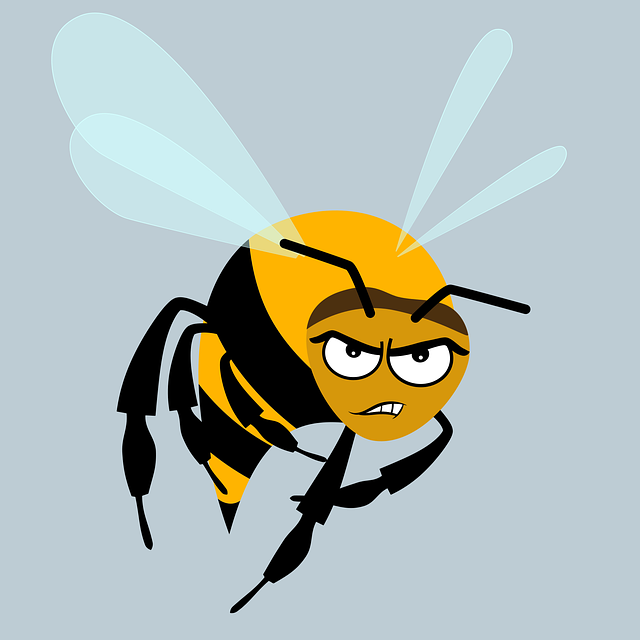
Whether you’re enjoying a family picnic, playing in the yard, or simply spending time outdoors, encountering a wasp or bee is always a possibility. While these insects are generally harmless, their stings can be painful and, in some cases, cause serious allergic reactions. Here’s a quick guide from my personal experience to first aid and healing wasp and bee stings to help you manage the situation swiftly and effectively. There are links to my favorite products included.
Let’s dive into it:
1. Remain Calm and Move to Safety
If your child is stung, the first step is to move away from the area to avoid additional stings. Both wasps and bees can become aggressive if they feel threatened. Keeping calm helps prevent panic and makes it easier to assess the situation.
2. Remove the Stinger (Bee Stings Only)
Bees leave their stingers behind in the skin, which can continue to release venom. If your child has been stung by a bee, gently scrape the stinger out using the edge of a credit card or your fingernail. Avoid using tweezers, as squeezing the stinger can release more venom. Wasps do not leave their stingers behind, so you can skip this step if it’s a wasp sting.
3. Clean the Sting Area
Wash the area around the sting with soap and water to prevent infection. Pat it dry with a clean cloth.
4. Reduce Swelling and Pain
Apply a cold pack or an ice pack wrapped in a cloth to the sting site for 10-15 minutes. This helps reduce swelling and numbs the area, which can alleviate pain. If you don’t have an ice pack, a bag of frozen vegetables can work in a pinch.
5. Apply a Soothing Cream
To further relieve pain, itching, and swelling, apply an antihistamine cream, hydrocortisone cream, or a baking soda paste (mix baking soda with a little water to form a paste). Aloe vera gel can also be soothing.
6. Administer an Oral Antihistamine (If Appropriate)
If your child is experiencing mild swelling and itching, you might consider giving them an age-appropriate dose of an oral antihistamine, like Benadryl. Be sure to consult your pediatrician if you have any concerns about dosage or suitability.
7. Monitor for Allergic Reactions
Most wasp and bee stings cause only mild reactions, but it’s crucial to watch for signs of a severe allergic reaction, known as anaphylaxis. Symptoms can include:
- Difficulty breathing
- Swelling of the face, lips, or throat
- Rapid pulse
- Dizziness or fainting
- Hives or widespread rash
If you notice any of these symptoms, seek emergency medical help immediately. If your child has a known allergy to stings and you have an epinephrine auto-injector (EpiPen), use it right away as directed.
8. Keep the Sting Area Elevated
If the sting is on an arm or leg, keeping the area elevated can help reduce swelling.
9. Encourage Rest and Hydration
After treating the sting, encourage your child to rest and drink plenty of fluids. This can help their body recover more quickly.
10. Follow Up
Over the next few days, monitor the sting site for any signs of infection, such as increased redness, warmth, swelling, or pus. If these occur, or if the swelling doesn’t go down, consult your child’s healthcare provider.
Prevention Tips
- Teach your children to avoid areas where bees and wasps are commonly found, such as near flowers, trash cans, or open food and drink containers.
- Encourage them to wear shoes outdoors to protect their feet.
- Keep sugary foods and drinks covered when outdoors, as these can attract stinging insects.
- Consider using insect repellents that are safe for children, but remember that these are generally more effective against mosquitoes than wasps and bees.
Final Thoughts regarding Healing Wasp and Bee Stings
A sting from a wasp or bee can be a frightening experience, especially for young children. However, with the right first aid steps, you can quickly soothe the pain and reduce the risk of complications. By staying calm and prepared, you’ll be able to handle the situation effectively and get back to enjoying your time together.
